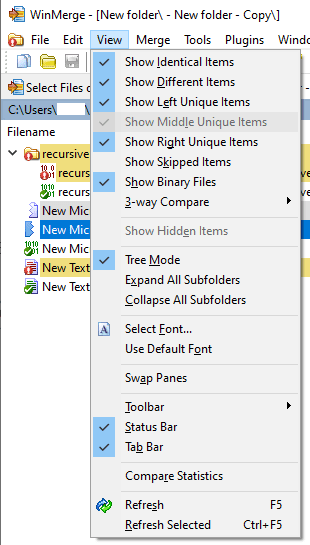

Tip: You can read this post for learning the difference between USB 2.0 and 3.0: USB 2.0 vs. Thumb drives utilize 3 USB specifications (USB 1.0, 2.0 and 3.0) that offer you faster data transfer rates. The industry standard plug-and-play interface on USB enables the computer to communicate with peripheral devices like mouse, keyboard, and printer, etc. If your USB ports don’t work, you can refer to this guide to fix it: Top 3 Fixes for Solving USB 3.0 Ports Not Working Issue It is often used to store and transfer electronic data from one computer to another via the USB port. The thumb drive stores data by using flash memory, which indicates that the data can be erased and reprogrammed easily to be used repeatedly. The thumb drive is also called USB thumb drive or pen drive. This name mainly comes from its small size with a few inches in both width and length like a thumb finger. What is a thumb drive? A solid-state drive (SSD) that utilizes a USB port to connect with other devices is called a thumb drive.

Here is a USB flash drive purchase tutorial for you: The Guide to Choose the Best USB Flash Drive What Is a Thumb Drive More importantly, the thumb drive can support all operating systems and BIOS. Besides, it can store more data than floppy disks and optical disk with a faster speed. To get the drive recognized by the PC and recover losing data, you can refer to this guide.Īs flash drives don’t have moving parts, they are durable and can withstand mechanical shocks and intense pressure. Note: Sometimes, the USB flash drive may not be recognized by your computer. Then, you can back up data from the computer to flash drive. Once you plug the drive into your computer, the PC will detect it as removable device. The way to access flash drives is similar to the way to access hard disks.įlash drives are small and portable solid-state drives, which can be used as the replacement of CDs and HDDs. Compared with hard disks or compact disks, flash drives have better performance. The flash drive is a data storage device that acts as a portable hard drive. Thumb drive vs flash drive: which is better? To help you make a wise choice, we will introduce them one by one and then explore the difference between flash drive and thumb drive. Both of the two items are very popular with users. Today, we will focus on 2 commonly used portable data storage devices: flash drive and thumb drive. However, various options may let you confused. For example, you can select a jump drive, USB flash drive, TF card, SD card, U disk, or external hard drive. If you want to choose a portable storage device, here are plenty of options for you. The device also converts from huge machines to small memory cards. The storage capacity changes from a few GB to several TB. As you know, the data storage has taken tremendous changes over the years.


 0 kommentar(er)
0 kommentar(er)
